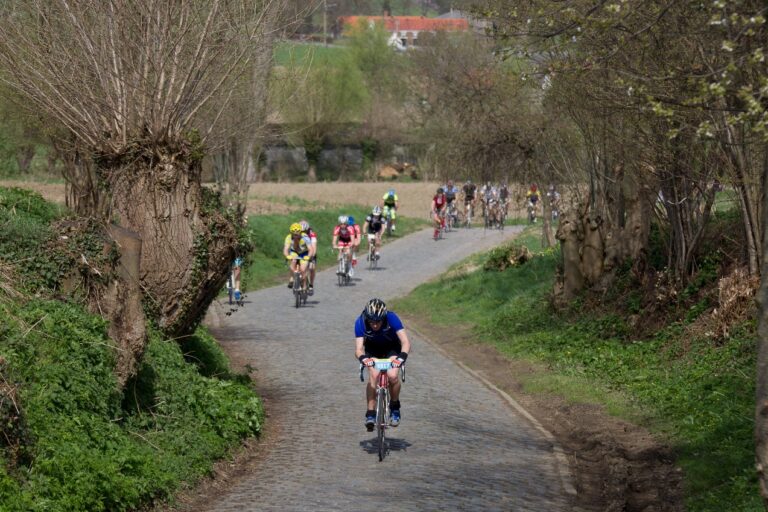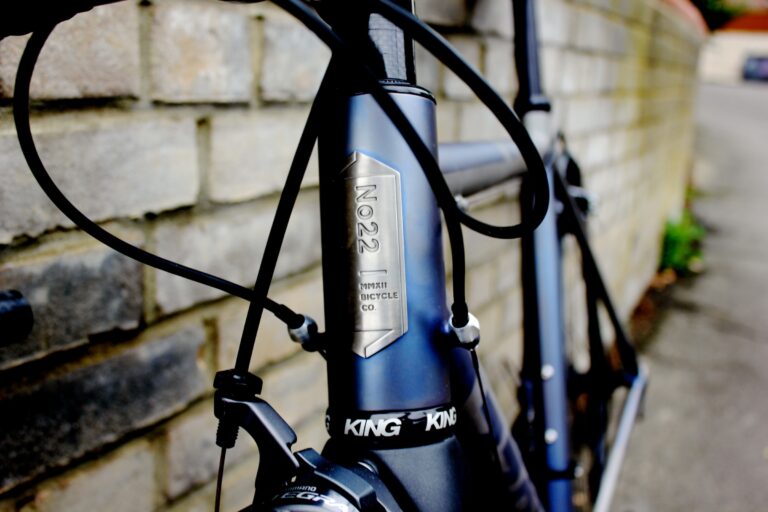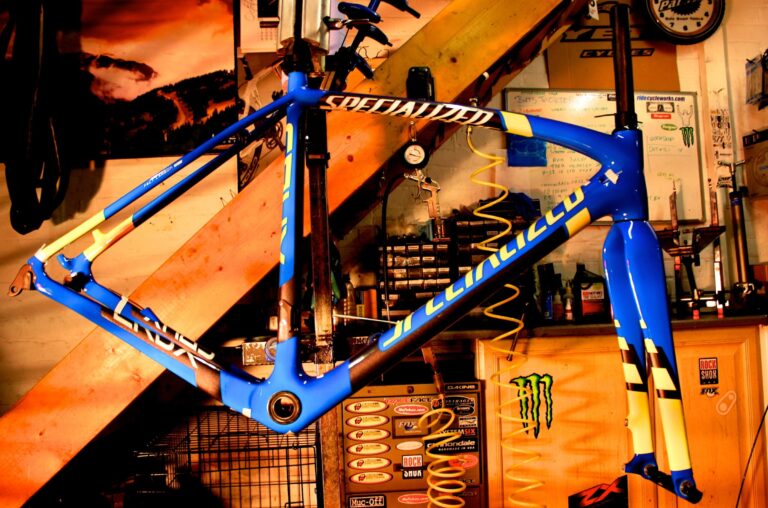After more than 3,000 miles of pedaling since arriving at RoadCyclingUK in February, it’s time to deliver a verdict on the Time Xpresso 8 Carbon pedals.
And that is? Well, the pedals are a significant improvement over the previous iClic2 model, thanks to a bigger platform and reduced weight, while keeping the innovative ‘pre-opening’ engagement mechanism.

The Xpresso 8 Carbon (£124.99) is second-from-top in a five-pedal range which starts with the Xpresso 2 (£42.99) and tops out with the Xpresso 12 Titan Carbon (£224.99).
The Xpresso range replaces the iClic2, my previous pedal of choice, so switching was easy as the new design accepts the same cleat, while my familiarity with the old design allowed me to gauge the level of improvement, or otherwise, offered by the Xpresso.
The key change is the move to an oversized pedal platform which boosts the contact area from 445mm² to 700 mm², thereby providing a solid base to lay down the power. The difference in stability over the iClic is immediately noticeable.
Time have also reduced the weight of the pedal, with the Xpresso 8 Carbon weighing 195g for the pair (without cleats), a 60g saving over the previous iClic2 Racer model, thanks to a hollow steel axle, a full carbon body and a carbon flexion blade. That puts the Xpresso 8 Carbon among the lightest pedals on the market.

To compare the pedal against the rest of the range, the Xpresso 12 Titan Carbon has a hollow titanium axle for a claimed weight of 155g, while the Xpresso 6, Xpresso 4 and Xpresso 2 have steel axles and use varying levels of carbon and composite for claimed weights of 204g, 224g and, erm, 224g respectively. Significantly, however, all the pedals have the same surface area, are light for their respective position in the market (the base-level Xpresso 2 pedals, for example, are 24g lighter than Shimano’s range-topping Dura-Ace pedals) and use the ‘always open’ engagement mechanism. All the pedals except the Xpresso 2 also have a replaceable stainless steel plate wear plate which overcomes durability issues surrounding the original iClic.
So, there’s a bigger platform and a lighter design, but the Xpresso retains the ‘pre-opening’ engagement mechanism of the iClic2. The mechanism uses a flexion blade, rather than a metal spring, which essentially keeps the rear gate partially open after release for easier re-entry. As a result, it is easier to engage shoe with pedal when using the Xpresso, compared to a traditional design which requires the rider to overcome spring tension on each engagement. Engagement is fast, smooth and secure.
You still get a positive ‘click’ when engaging and we experienced no instability when sprinting or climbing out of the saddle. The 15 degree release angle also means it’s nigh-on impossible to accidentally unclip.

The mechanism works as well as it did on the iClic2 but engagement isn’t completely effortless. The Xpresso’s light weight means the pedal hangs in mid-air, likely in the position you unclipped, and doesn’t drop like a pedal which has more weight at the rear. That means you sometimes have to flip the pedal over with your shoe, before slipping the cleat into the hook on the front of the pedal, to clip-in but it’s an easy knack to learn.
As mentioned above, the cleat design is the same as the iClic2 and those supplied with the Xpresso have survived the rigours of eight months riding, but will soon need to be changed before the winter training season kicks in for good. The cleat offers five degrees of float, 2.5mm of lateral movement and an adjustable Q-factor.
The angular and lateral float makes the Xpresso better than many for knackered knees, while Time’s Sensor Elasticity Tuner has three settings to adjust the ‘feel’ of the float. On the lightest setting it allows the cleat to pivot more freely, while on the highest setting an invisible ‘force’ brings the cleat back to the centreline of the pedal as you move through the float angle. It may take a few attempts to see what works for you, but the level of adjustment is impressive.
All that makes for an excellent pedal and one which is a significant improvement over the iClic2, thanks to its light weight and stable platform. Time’s engagement mechanism ensures clipping in is fast, secure and requires very little effort, and, this model aside, the comprehensive range ensures there’s a pedal to hit every price point.






